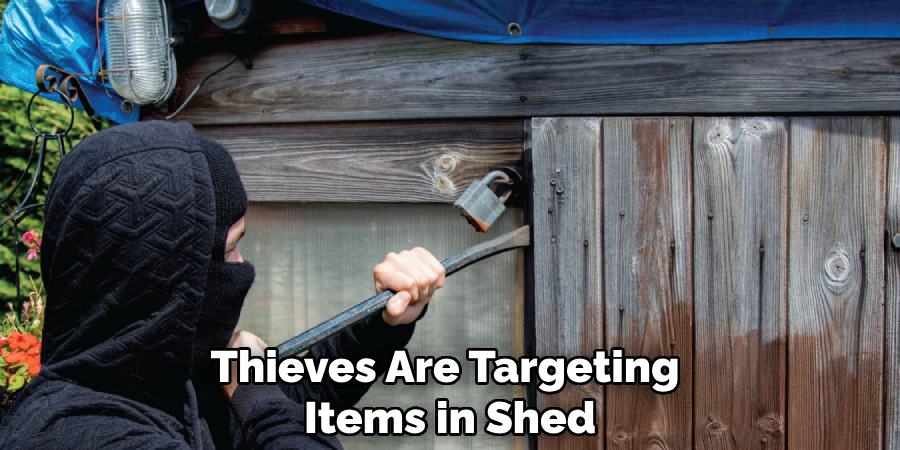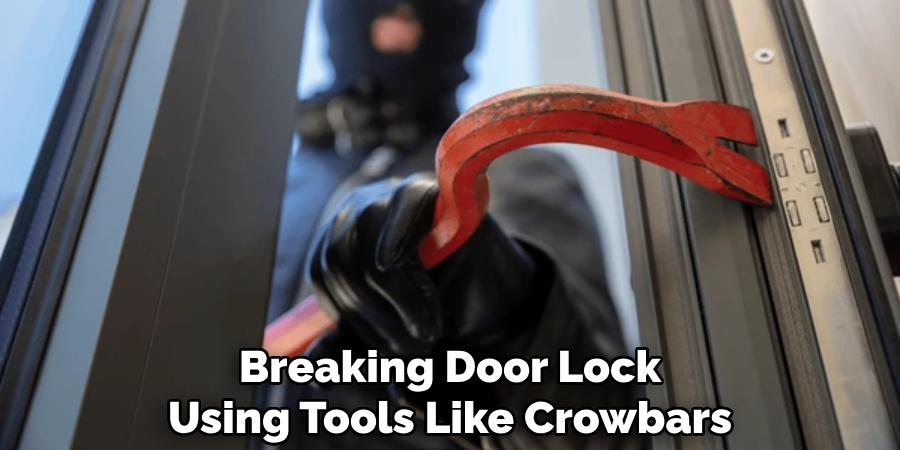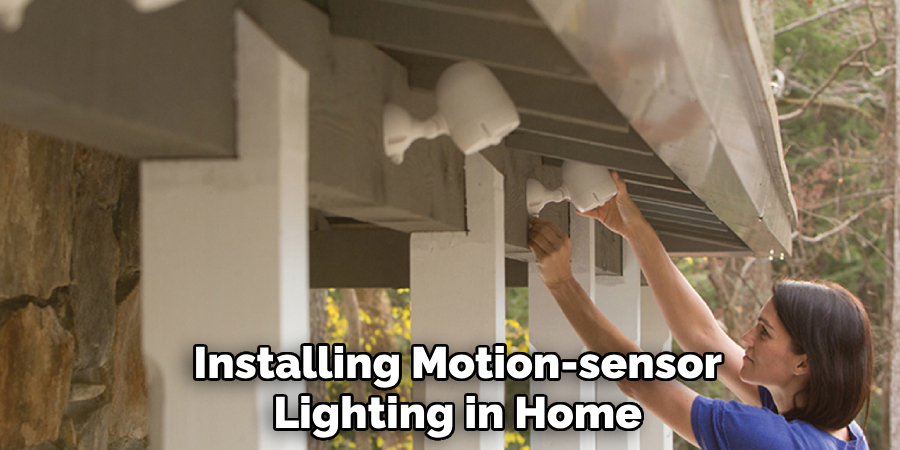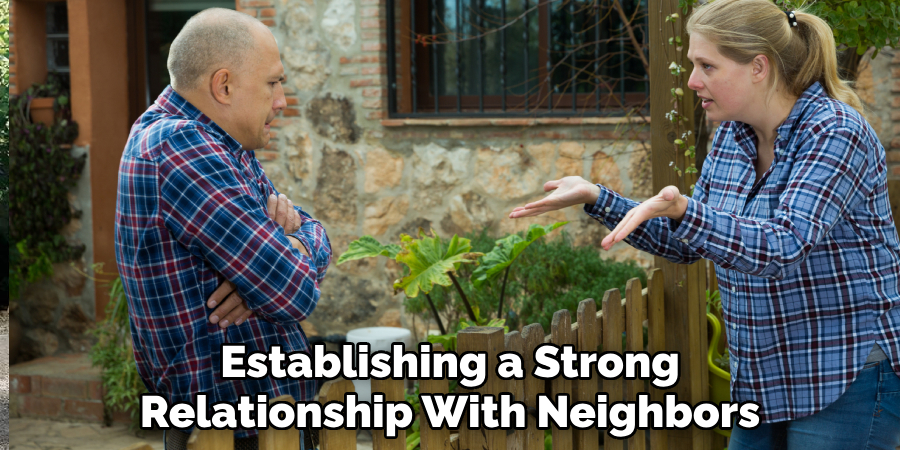Securing a shed from theft is essential for protecting valuable tools, equipment, and other belongings stored within. Sheds are often targeted by thieves due to their relative isolation and lack of robust security measures.

However, with the right strategies and precautions, you can effectively deter theft and safeguard your shed’s contents. From installing sturdy locks and reinforced doors to implementing lighting and surveillance systems, there are various methods to enhance the security of your shed.
In this article, we’ll explore practical tips and techniques for how to secure a shed from theft, including assessing vulnerabilities, selecting appropriate security measures, and maintaining a vigilant approach to surveillance and maintenance.
By prioritizing security measures tailored to your shed’s unique layout and contents, you can create a fortified defense against potential intruders and enjoy greater peace of mind knowing that your belongings are safe and secure.
Importance of Securing a Shed
The importance of securing a shed cannot be overstated. For many, a shed houses not just tools and gardening equipment, but also items of sentimental value and occasionally, costly machinery that could be irreplaceable or expensive to replace.
A breach in security can lead to significant financial loss and emotional distress. Beyond the tangible loss, the feeling of violation that comes with property theft can impact one’s sense of security at home. Furthermore, an unsecured shed can be seen as a vulnerability, potentially encouraging trespassers to target other parts of your property.
Therefore, implementing robust security measures serves dual purposes: it protects valuable assets and promotes a sense of safety and security within one’s living environment.
The Prevalence of Shed Thefts
Shed thefts are increasingly common occurrences in both urban and rural settings, underscoring the need for stringent security measures. According to recent statistics, there has been a noticeable uptick in the number of reported shed burglaries, with thieves targeting items ranging from high-value power tools and bicycles to lawn mowers and other outdoor equipment.

This rise in shed-related theft can be attributed to several factors, including the relative ease of access to detached or poorly secured sheds and the valuable nature of the items stored within. Additionally, as criminals become more sophisticated in their methods, sheds often fall prey due to their typically weaker security compared to the main home.
The impact of these thefts goes beyond the immediate loss of property, extending to the increased insurance premiums and the emotional toll on the victims. This growing trend highlights the critical importance of taking proactive steps to secure sheds and protect personal property from potential intruders.
Assessing Your Shed’s Vulnerabilities
Before implementing any security measures, it is crucial to assess your shed’s current vulnerabilities. This process involves a thorough inspection of your shed’s physical structure, location, and the existing security measures, if any. Start by examining the doors and windows for any weaknesses, such as loose hinges, weak locks, or easily breakable materials.
Consider the shed’s location; is it hidden from view, making it an easier target for thieves, or is it well-lit and visible to neighbors, which can deter potential intruders? Additionally, evaluate the surrounding environment. Overgrown bushes or dark areas around the shed can provide cover for burglars. Finally, take stock of what is stored inside the shed and how attractive it might be to a thief.
High-value items stored without any security measures are likely targets. Understanding these vulnerabilities will help you tailor a security strategy that addresses specific weaknesses, making your shed a more challenging target for would-be thieves.
Understanding Shed Theft Risks
To effectively counteract theft, it is vital to understand the risks associated with shed burglaries. Shed thefts often occur due to perceived opportunities by criminals, who capitalize on overlooked or underestimated security lapses. These risks can be categorized into environmental, structural, and operational factors.

Environmental risks involve the shed’s location and visibility, where sheds that are out of sight or obscured by foliage are more attractive to thieves. Structural risks pertain to the physical robustness of the shed itself, including the quality of doors, locks, and windows. Weaker structures provide easier access for intruders.
Operational risks are related to human factors, such as infrequent usage or maintenance of the shed, which might lead to lax security practices over time. It’s also crucial to recognize that certain items stored within sheds, especially high-value tools, bicycles, and electronic equipment, inherently increase the theft risk.
By comprehensively understanding these risks, homeowners can adopt a more focused approach to fortify their sheds against unauthorized access.
Common Targets for Thieves in Sheds
Thieves often target sheds due to the valuable items stored within, which can be quickly sold for profit. Some of the most common targets include power tools, such as drills, saws, and sanders, which are not only expensive but also easily pawnable. Bicycles are another high-value item frequently stored in sheds and highly sought after by thieves for their resale value.
Lawnmowers, especially those that are high-end or riding models, can be a lucrative find for a burglar. Gardening equipment, like chainsaws, leaf blowers, and hedge trimmers, also attract thieves due to their value and demand.
Additionally, outdoor recreational gear such as camping equipment, fishing rods, and kayaks are often targeted. Lastly, any personal items or antiques stored in sheds can be attractive to thieves, not just for their monetary value but also for their potential collector interest.
Understanding these common targets can help individuals prioritize their security measures to protect these high-risk items effectively.
Methods Used by Thieves to Gain Access to Sheds
Thieves employ a variety of methods to break into sheds, leveraging vulnerabilities in their construction and location. One common technique is forced entry, which involves breaking locks, doors, or windows using tools like crowbars or bolt cutters. This method is straightforward and quick, making it a preferred option for many burglars.

Another tactic is lock picking, where thieves use specialized tools to unlock a shed without causing obvious damage, making the burglary less noticeable. Hinge removal is also a technique used by thieves, especially if the hinges are on the outside and not adequately protected, allowing them to simply remove the door to gain entry.
Additionally, some criminals employ sophisticated methods such as using technology to overcome electronic locks or security systems. This can include hacking into digital locking mechanisms or using signal jammers to disable wireless security devices.
Social engineering, such as observing the homeowner’s habits to find the best time to attempt a theft without being noticed, is another method used by burglars to access sheds discreetly.
Climbing or tunneling under fence lines or garden barriers to reach a shed unnoticed, especially in well-concealed garden areas, shows the lengths to which thieves will go to avoid detection. Lastly, exploiting weak roofing materials to gain access from above is a less common but still viable method, especially in poorly maintained sheds where the roof can be easily breached.
Being aware of these methods can help homeowners better prepare and protect their property from potential theft by addressing and strengthening these vulnerabilities in their shed security strategy.
Impact of Shed Theft on Homeowners and Property Owners
Shed thefts have far-reaching consequences for homeowners and property owners, extending beyond the immediate loss of valuable items. Firstly, the emotional toll can be significant, as victims often feel violated and less secure in their own homes.
This impact on psychological well-being can lead to increased stress and anxiety, especially in cases where personal or irreplaceable items are stolen. Financially, the cost of replacing stolen goods and repairing damage to the shed can be substantial, not to mention potential increases in insurance premiums following a claim.

Additionally, there’s the time and inconvenience involved in dealing with the aftermath of a burglary, from reporting the theft to law enforcement to replacing security measures and stolen items. For those who use their shed for business purposes, such as storage for tools or equipment, the impact can also include lost income and productivity.
Furthermore, a shed break-in can decrease property value, particularly if it raises concerns about safety and security in the area. Recognizing these impacts highlights the importance of taking proactive steps to secure sheds and deter potential thieves.
Assessing Shed Security Needs
When considering how to enhance the security of a shed, homeowners should first conduct a comprehensive assessment of their current security setup to identify any vulnerabilities. This process involves evaluating the environmental, structural, and operational aspects previously discussed.
Environmental assessment includes examining the shed’s location, its visibility from the house and the street, and any natural cover that might conceal a thief’s activities. For the structural assessment, checking the condition and quality of doors, locks, windows, and the overall build of the shed is crucial.
Weak points, such as flimsy doors or easily breakable windows, should be noted for upgrade or reinforcement.
The operational assessment focuses on usage patterns and security practices. This involves considering who has access to the shed, how frequently it is used, and whether there are any established routines that might make the shed a more attractive target for thieves.

Furthermore, evaluating the items stored within and their attraction to potential burglars can help prioritize which security measures to implement first.
After this assessment, homeowners can determine if additional lighting, upgraded locks, alarm systems, or even surveillance cameras are necessary. They might also consider whether changes to the environmental layout, such as trimming overgrown foliage or installing motion-sensitive lighting, could enhance security.
By systematically evaluating each aspect of shed security, property owners can create a targeted plan to fortify their sheds against theft, combining physical security measures with strategic practices to deter potential intruders effectively.
10 Methods How to Secure a Shed from Theft
1.Upgrade the Locks:
Invest in high-quality locks for your shed doors. Consider using heavy-duty padlocks, deadbolts, or disc locks with hardened steel shackles. Ensure the locks are securely attached to the door frame and cannot be easily tampered with or bypassed.
2.Reinforce Doors and Windows:
Strengthen shed doors and windows to make them more resistant to break-ins. Install metal reinforcement plates or bars on the inside of doors and windows to prevent them from being kicked in or pried open. Consider adding shatterproof glass or security film to windows to make them more difficult to break.
3.Install Security Lighting:

Illuminate the area around your shed with motion-activated lights or floodlights. Bright lighting deters burglars by making it harder for them to approach the shed undetected. Place lights strategically to cover all entry points and blind spots.
4.Add Security Cameras:
Install security cameras to monitor activity around your shed. Choose cameras with night vision capabilities and motion detection features. Position cameras in strategic locations to capture clear footage of anyone approaching or attempting to break into the shed.
5.Anchor the Shed:
Securely anchor your shed to the ground to prevent thieves from stealing the entire structure. Use anchor kits, ground anchors, or concrete footings to secure the shed firmly in place. This makes it much more difficult for thieves to move or dismantle the shed.
6.Use Alarm Systems:
Install an alarm system in your shed to alert you to potential break-ins. Choose from standalone alarms, wireless alarms, or integrated security systems that can be connected to your home’s alarm system. Consider alarms with loud sirens, strobe lights, and remote monitoring capabilities.
7.Secure Valuables Inside:
Keep valuable items securely stored inside the shed and out of sight from potential thieves. Use locking cabinets, safes, or storage bins to store tools, equipment, and other valuable belongings. Avoid leaving expensive items visible through windows or doors.
8.Trim Back Vegetation:
Trim back trees, bushes, and shrubs around your shed to eliminate hiding spots for burglars. Overgrown vegetation provides cover for thieves to approach and break into the shed without being seen. Keep vegetation neatly trimmed to improve visibility around the shed.
9.Use Security Signage:
Display signs or decals indicating that your shed is protected by an alarm system or under surveillance. Visible security signage acts as a deterrent to would-be thieves by letting them know that the shed is monitored and protected.
10.Establish a Neighborhood Watch:
Work with your neighbors to establish a neighborhood watch program. Share information about recent break-ins or suspicious activity and keep an eye out for any unusual behavior in the area. A vigilant community can help deter theft and improve overall security in the neighborhood.

Things to Consider When Implementing Shed Security Measures
When implementing shed security measures, several factors must be taken into account to ensure the effectiveness of the steps taken. Firstly, budgetary considerations play a crucial role; while it is important to secure your shed, it’s equally important to choose solutions that offer the best value for money within your budget.
Balancing cost against the level of security provided is key. Ease of use is another significant factor. Security measures should not make accessing the shed overly cumbersome for the owner. If it’s too difficult to enter and exit the shed due to complex security protocols, it might discourage the shed’s use for its intended purposes.
The aesthetic impact of security enhancements on the property and the shed itself is worth considering. While security is paramount, finding solutions that do not overly detract from the shed’s appearance or the overall look of your garden or yard is beneficial.
Local crime rates and types of common thefts in the area should inform the security measures chosen. Areas with higher crime rates or specific patterns of theft may necessitate more robust security solutions than those in relatively low-crime areas.
Future needs and scalability of security measures should also be considered. As the contents and use of the shed evolve, so too might the need for increased or different types of security. Opting for measures that can be easily upgraded or augmented can save time and money in the long run.
Finally, considering the legal implications of certain security measures, such as surveillance cameras, is crucial. It’s important to ensure that all security enhancements comply with local laws and regulations to avoid potential legal issues.
Taking these factors into account can help homeowners effectively secure their sheds against theft, providing peace of mind while also ensuring that the chosen security measures are practical, aesthetically pleasing, and appropriate for the specific needs and circumstances.
Conclusion
In conclusion, securing a shed from theft requires proactive measures and careful consideration of vulnerabilities. By implementing the strategies outlined in this article, such as installing sturdy locks, reinforcing doors, and utilizing lighting and surveillance systems, you can significantly reduce the risk of theft and protect your valuable belongings stored in the shed.
Additionally, regular maintenance and periodic checks for any signs of tampering or damage are crucial for ensuring the effectiveness of your security measures over time.
Remember to also consider the surrounding environment and landscaping, as well as any potential hiding spots or access points for intruders. Thanks for reading, and we hope this has given you some inspiration on how to secure a shed from theft!
About
Safety Fic is a distinguished figure in the world of Diy design, with a decade of expertise creating innovative and sustainable Diy solutions. His professional focus lies in merging traditional craftsmanship with modern manufacturing techniques, fostering designs that are both practical and environmentally conscious. As the author of diy, Safety Fic delves into the art and science of Safety Fic-making, inspiring artisans and industry professionals alike.
Education RMIT University
(Melbourne, Australia) Associate Degree in Design (Safety Fic) Focus on sustainable design, industry-driven projects, and practical craftsmanship. Gained hands-on experience with traditional and digital manufacturing tools, such as CAD and CNC software.
Nottingham Trent University
(United Kingdom) Bachelor’s in diyfastly.com and Product Design (Honors) Specialized in product design with a focus on blending creativity with production techniques. Participated in industry projects, working with companies like John Lewis and Vitsoe to gain real-world insights.
Publications and Impact
In diy, Safety Fic his insights on indoor design processes, materials, and strategies for efficient production. His writing bridges the gap between artisan knowledge and modern industry needs, making it a must-read for both budding designers and seasoned professionals.
